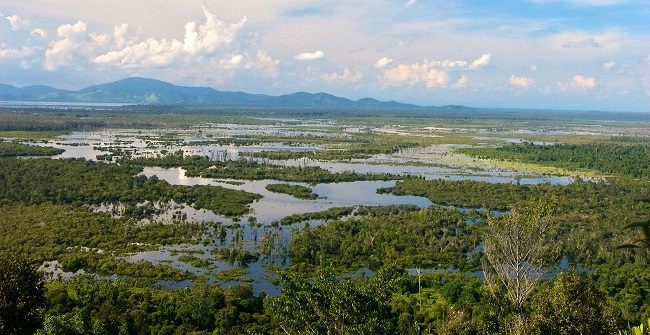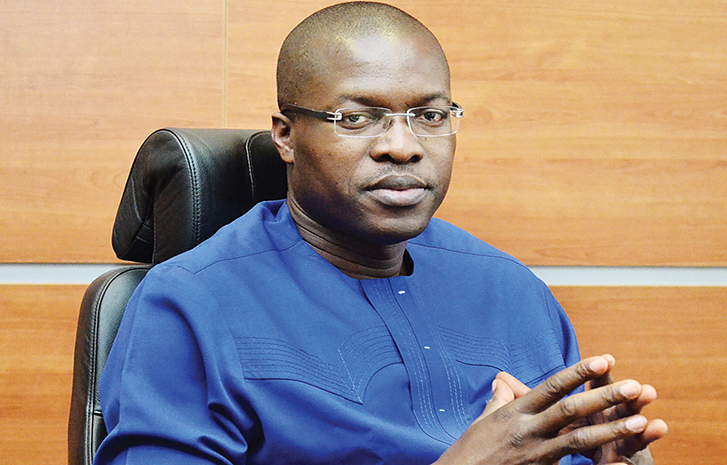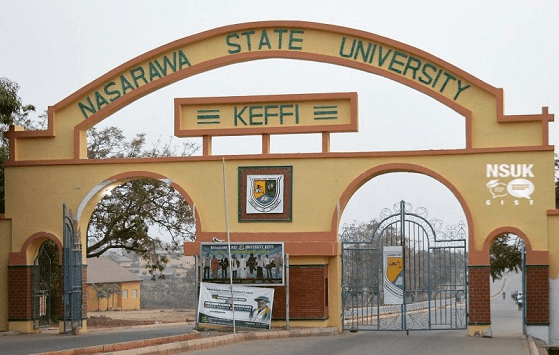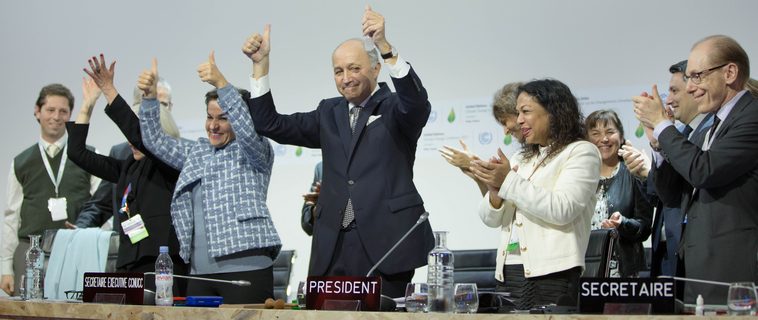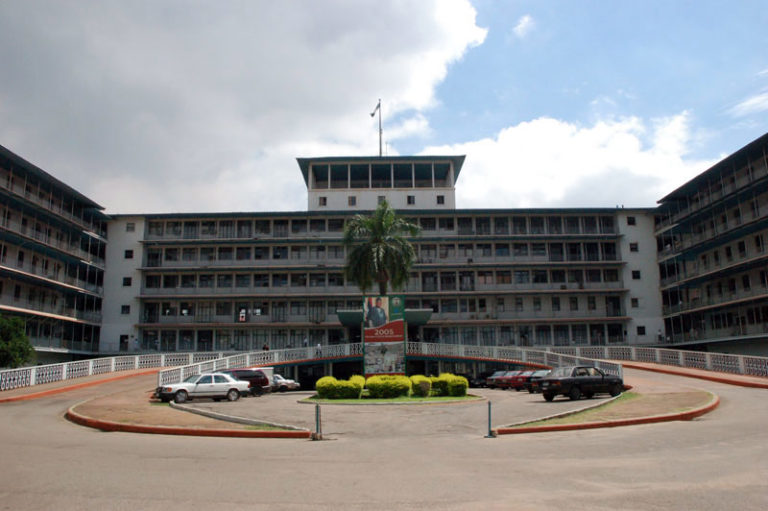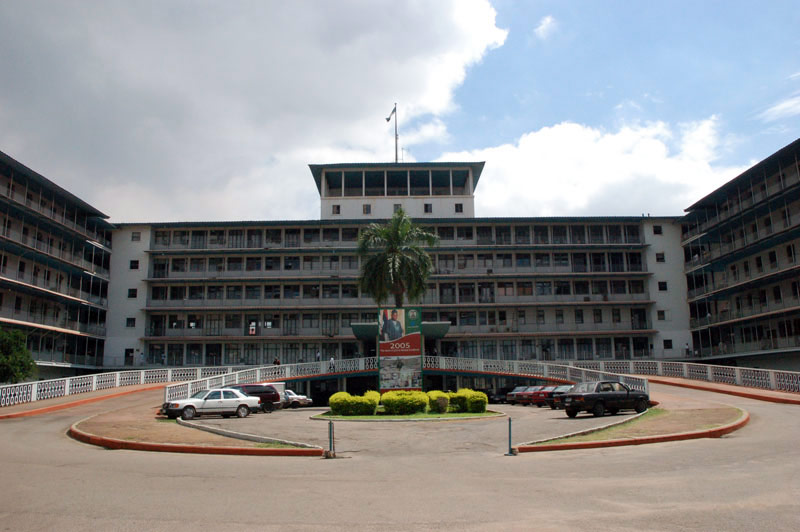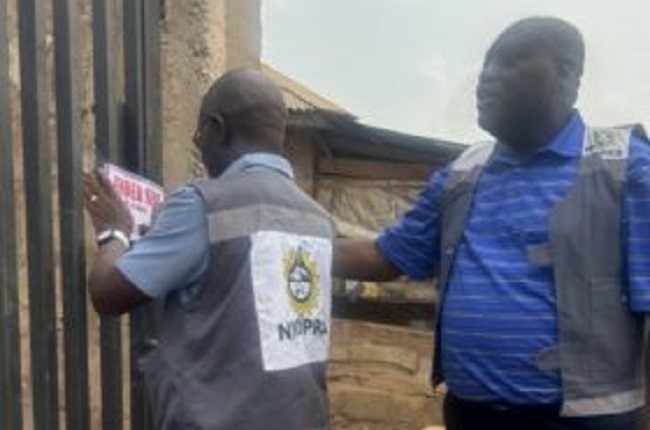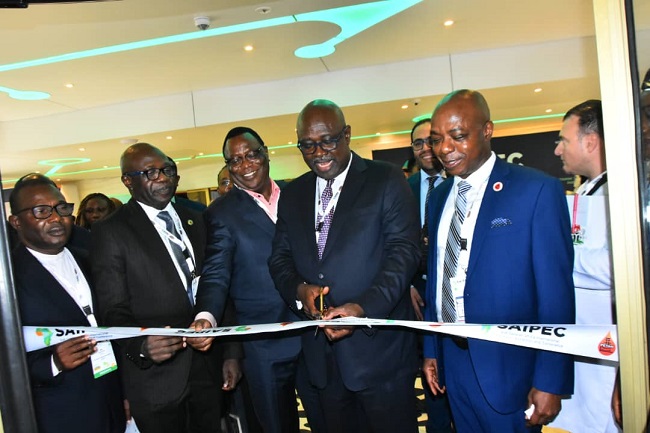The Federal Government and the African Export-Import Bank (Afreximbank) have assessed the country’s readiness ahead of the commencement of operations of the Africa Energy Bank (AEB) in Abuja.

A statement issued on Thursday, February 13, 2025, by Nneamaka Okafor, Special Adviser, Media and Communications to Sen. Heineken Lokpobiri, Minister of State for Petroleum Resources (Oil), stated that the assessment followed the visit of Dr Benedict Oramah, President, African Export-Import Bank (Afreximbank).
According to the statement, the visit/assessment was in furtherance of ongoing engagements towards the commencement of operations by the Africa Energy Bank, a landmark initiative expected to transform the continent’s energy landscape.
“The establishment of the bank is a collaborative move between Afreximbank and the African Petroleum Producers Organisation (APPO), which will see the bank take off with an asset base of $5 billion.
“It is projected to grow to $120 billion in five years’ time, marking a significant milestone in Africa’s quest for energy security and sustainability.
”Afreximbank, as a key partner, is transferring her full equity investment in the oil and gas sector, underscoring its commitment to driving energy infrastructure development across the continent.”
Okafor quoted Lokpobiri as reiterating during the meeting, Nigeria’s strong support for the AEB and its pivotal role in unlocking Africa’s energy potential.
He called on industry stakeholders to engage proactively and explore the vast opportunities this initiative presents.
“The bank represents a bold step in ensuring that Africa controls and finances its energy future. It is an avenue for stakeholders to invest in a self-sustaining energy sector that will drive industrialisation, job creation and economic prosperity.
“Nigeria, as a leading oil and gas producer, is well-positioned to leverage this transformative initiative. We encourage industry players to seize this opportunity to invest in Africa’s energy future,” the statement quoted Lokpobiri as saying.
Following the discussions, the minister and Afreximbank president proceeded to the AEB Headquarters for an inspection to assess the level of readiness ahead of the commencement of operations.
The visit provided first hand insights into the bank’s operational preparedness and strategic alignment with Africa’s broader energy development goals.
Speaking on the significance of the AEB, the Afreximbank President, Oramah, emphasised the bank’s role in bridging Africa’s energy financing gap.
According to him, the establishment of the AEB is a game-changer for the continent.
He commended Nigeria for taking the bull by the horn in hosting the AEB headquarters and expressed confidence in Nigeria’s oil and gas portfolio, as it would not only benefit the sector, but would guarantee immediate benefit for Nigeria.
The bank was initially scheduled to commence operations January this year.
By Emmanuella Anokam

